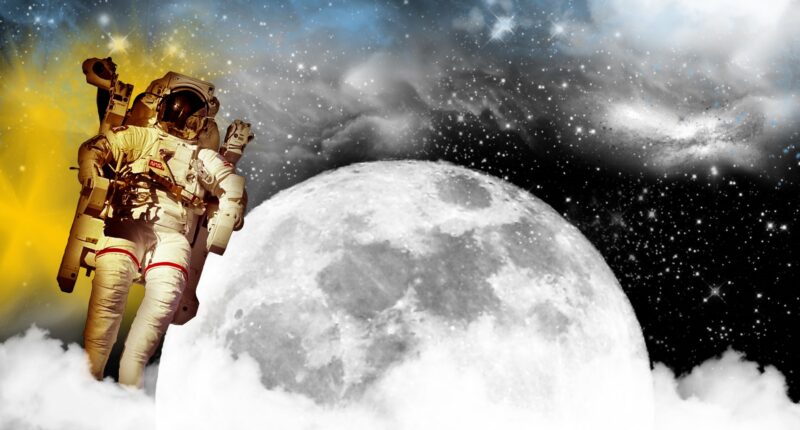The expansion of human spaceflight beyond Earth orbit has prompted scientists to establish astroimmunology, a new subdiscipline dedicated to protecting immune systems during extended missions to the Moon and Mars.
Buck Institute researchers published a comprehensive guide defining the field in Nature Reviews Immunology, responding to increasing commercial spaceflight activity and planned deep space exploration. The work addresses critical health risks that could intensify during longer journeys beyond low Earth orbit.
“The future of humanity will involve living in outer space or on distant worlds for some people. The larger goal of establishing this emerging subspecialty of astroimmunology is to develop countermeasures to protect the health of those exploring life off of Earth,” says Buck Associate Professor Dan Winer, who led the collaboration involving NASA, the European Space Agency, Cornell University and other institutions.
Spaceflight weakens immunity, with current and past astronauts reporting respiratory illnesses and skin rashes. These issues pose greater concern for missions to Mars, which could last years compared to months aboard the International Space Station.
The guide describes how spaceflight stressors including microgravity, cosmic radiation, changes in sleep-wake patterns and physiological stress affect immune function. The authors examined how spaceflight alters travellers’ microbiomes and facilitates reactivation of latent viruses.
Winer noted that classical human immunology data from spaceflight came from basic phenotyping studies showing immune system perturbation, with limited understanding of underlying mechanisms. Contemporary multiomic approaches now enable identification of mechanisms and hallmarks of space-related immune dysfunction.
The work integrates data from recent International Space Station missions, the NASA Twins study and the SpaceX Inspiration 4 mission, using contemporary multiomic analyses to identify immune dysfunction mechanisms.
The paper proposes countermeasures including immune monitoring, vaccination protocols and machine learning-predicted space nutraceuticals. The research builds on work published by the Winer laboratory last year in Nature Communications providing the first single-cell atlas of the human immune system in simulated microgravity, identifying potential countermeasures such as Quercetin.
The authors examined specific challenges for lunar and Martian environments, including how variable gravity, increased radiation exposure and lunar or Martian dust could impact immune cell function during extended surface operations.
Huixun Du, a recent PhD graduate from the Winer laboratory and lead author, noted that spaceflight serves as an excellent model for accelerated aging. She highlighted that mitochondria function less efficiently in space and produce free radicals through processes similar to those occurring during aging.










